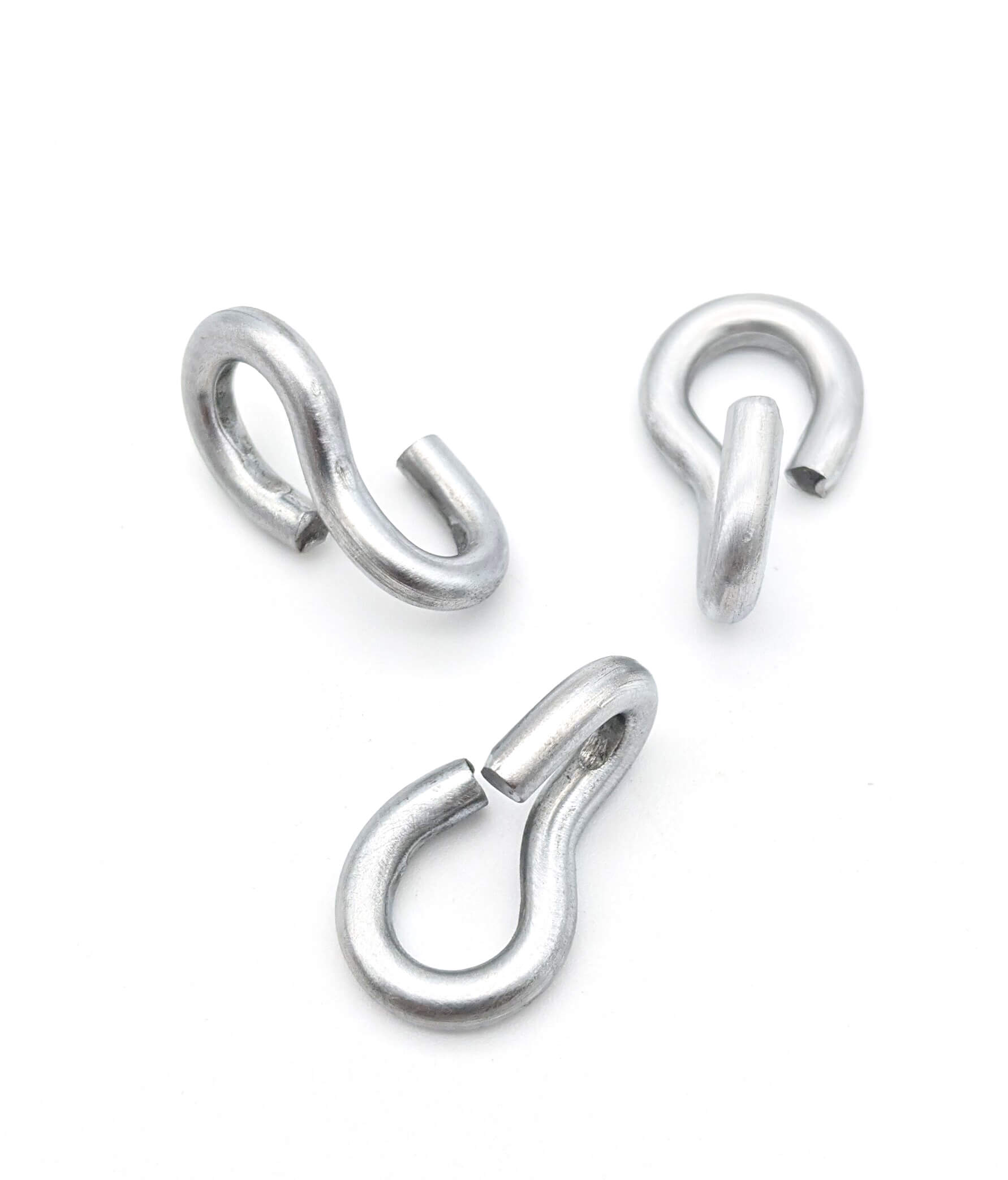Get unique, complex parts easily. No matter your requirements, Chaoyi Spring creates hard-to-produce coil springs and wire forms.
Let us help you create the custom wire form you need, from S-hooks and J-hooks to utility hooks and more.
We work closely with customers across a wide range of industries, helping them design and manufacture made-to-order parts.
Why choose Chaoyi Spring? We prioritize customer-focused collaboration, modern equipment and the latest technology to make your parts per print.
Find the information and guidance you need, from measuring a spring to learning about materials, placing an order and much more.
The hom dpot torsion spring is a crucial component in many mechanical systems, often playing a vital role in ensuring smooth operation and proper functionality. However, understanding the intricacies of


The hom dpot torsion spring is a crucial component in many mechanical systems, often playing a vital role in ensuring smooth operation and proper functionality. However, understanding the intricacies of torsion springs, especially within the realm of hom dpot applications, can be quite daunting. This comprehensive guide aims to demystify the world of hom dpot torsion springs, providing insights into their functionality, applications, selection, and potential issues. From a basic understanding of their construction and operation to advanced considerations like spring rate and fatigue life, this guide serves as a valuable resource for anyone seeking a deeper grasp of these critical components.

At its core, a torsion spring is a type of helical spring designed to store and release rotational energy. Unlike compression or extension springs that resist linear forces, torsion springs resist twisting or torsional forces. The hom dpot torsion spring, specifically, is a type of torsion spring engineered for use within the hom dpot system. This system often involves complex mechanical interactions and precise movements, demanding a specific type of spring with tailored properties to ensure optimal performance.
The most common types of hom dpot torsion springs are those made from steel wire, offering excellent strength and resilience. These springs are generally formed through a process of winding, where a wire is coiled around a mandrel, giving the spring its characteristic helical shape. The specific shape, size, and material of the wire are crucial in determining the spring's properties, including its spring rate, fatigue life, and overall performance.
Hom dpot torsion springs are employed in a diverse array of applications, spanning various industries and sectors. Here are some notable examples:
Selecting the appropriate hom dpot torsion spring for a specific application is crucial for ensuring optimal performance and longevity. The selection process requires careful consideration of various factors, including:
While hom dpot torsion springs are generally robust, they can experience certain issues over time or under specific conditions:
Proper maintenance and care are vital for ensuring the longevity and reliable operation of hom dpot torsion springs. Here are some key guidelines:
Understanding hom dpot torsion springs is essential for anyone working with or designing mechanical systems that rely on these components. From their basic construction to their diverse applications, the insights provided in this guide offer a solid foundation for navigating the complexities of this critical element. By carefully selecting the right spring and implementing proper maintenance practices, you can ensure reliable operation and long-lasting performance in your hom dpot system.
Hom dpot torsion springs are a vital part of many mechanical systems, providing essential functionality and efficiency. This guide has provided a comprehensive overview of their characteristics, applications, and considerations for selection and maintenance. Whether you're a seasoned engineer or a curious learner, understanding these crucial components can empower you to design, maintain, and optimize various systems for optimal performance.
Browse some of the custom wire forms and springs that we manufacture. Don’t see what you need? We specialize in made-to-order products that meet your application requirements.
Visit Our GalleryNeed a custom wire form or coil spring? We make it work. Fill out the contact form and a representative will respond within 1 business day. If you have a PDF or CAD file, you can submit to request a quote.